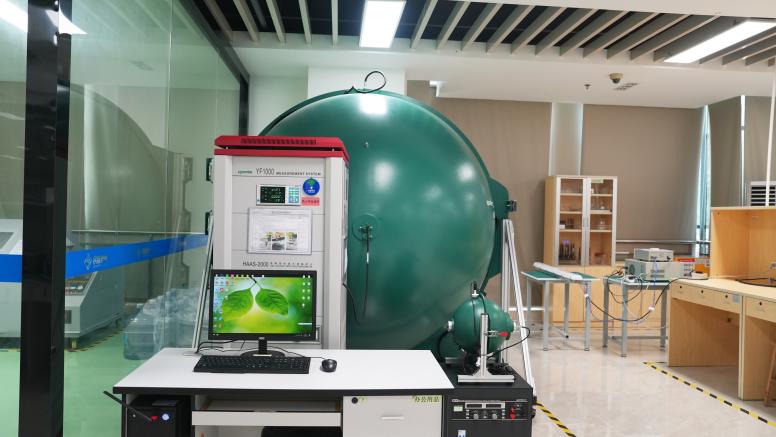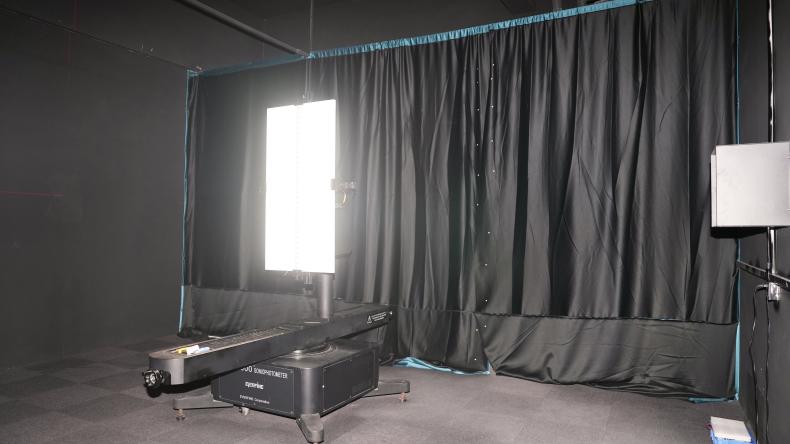Light Measurement: Integrating Sphere and IES Testing
October 11, 2024
| By
Both integrating sphere testing and IES testing are crucial methods for measuring the light output and distribution of luminaires, but they serve distinct purposes and employ different methodologies.
Integrating Sphere Testing
Integrating sphere testing is primarily designed to measure the total luminous flux of a luminaire, which represents the total amount of light emitted. The core principle involves placing the luminaire inside a hollow sphere coated with a highly reflective material. As light emitted by the luminaire bounces off the reflective surface, it is captured and measured by a calibrated sensor mounted within the sphere. This approach ensures that all light is effectively collected, providing a comprehensive assessment of the total output.

Advantages:
- Highly accurate for measuring total luminous flux.
- Can be used for a wide range of luminaires, from small LEDs to large fixtures.
Limitations:
- Does not provide information about the spatial distribution of light.
- May not be suitable for luminaires with complex optical systems.
Refer to the integrating sphere test report:
IES Testing
In contrast, IES testing focuses on determining the luminous intensity distribution of a luminaire, which describes how light is distributed in space. The method entails placing the luminaire on a rotating platform and moving a light meter around it in a predetermined pattern. By measuring the luminous intensity at various angles, it is possible to create a luminous intensity distribution curve, commonly known as an IES profile. This profile provides valuable information about the directional characteristics of the light emitted.

Advantages:
- Provides detailed information about the spatial distribution of light.
- Can be used to evaluate the performance of luminaires in various lighting applications.
Limitations:
- Can be time-consuming and labor-intensive, especially for complex luminaires.
- May not be as accurate for measuring total luminous flux as integrating sphere testing.
Refer to the IES testing report:
In summary, integrating sphere testing is ideal for measuring the total light output, while IES testing is used to determine how that light is distributed. For a comprehensive understanding of a luminaire's performance, both methods are often used in conjunction.